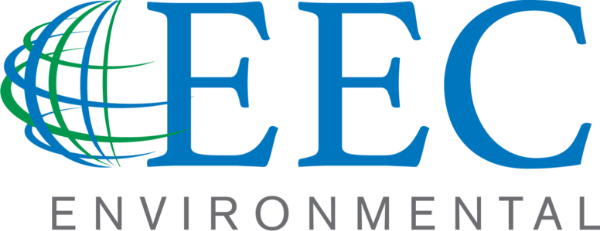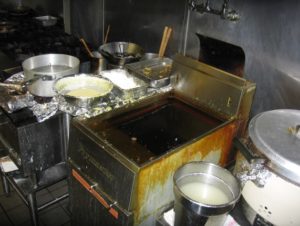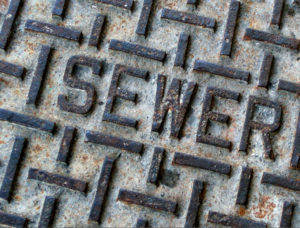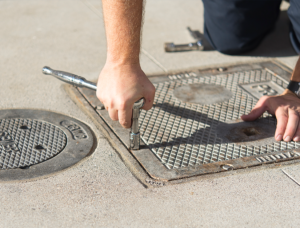Project Highlights:
- Conducted more than 20,000 facility inspections
- Assessed more than 15,000 grease control devices (GCD)
- Issued notices of non-compliance
- Initiated and tracked elevated enforcement actions
- Developed and presented program outreach and education materials to food service establishments (FSE) and property managers
EEC Environmental (EEC) personnel have conducted more than 20,000 FSE best management practices (BMP) inspections and more than 15,000 grease removal device inspections and has issued notices of noncompliance to ensure that FSEs adhere to fats, oils, and grease (FOG) control requirements. EEC recognizes that the complexity and aggressiveness of a FOG source control program depend upon local conditions and requirements. EEC is unique in that we adapt our approach and services to each City’s specific local needs. EEC provides efficient inspection services by enhancing and using existing agency resources, such as GIS and FSE databases. Additionally, EEC assists sewer agency staff in collecting and documenting critical SSOs details such as estimating spill volume and assessing downstream impacts.
At the heart of most effective programs designed to curb FOG discharge from FSEs is the implementation of a facility inspection and enforcement program. In addition to GCD, maintenance and condition assessment, a major component of EEC’s inspection approach is educating FSE personnel to promote a positive message of keeping the FSE’s drain lines clear and preventing sanitary sewer overflows (SSOs). Such an outreach and education approach is important for all FSEs. However, especially for FSEs without a GCD who rely primarily on the implementation of kitchen BMPs, a prevention-based approach is imperative.



